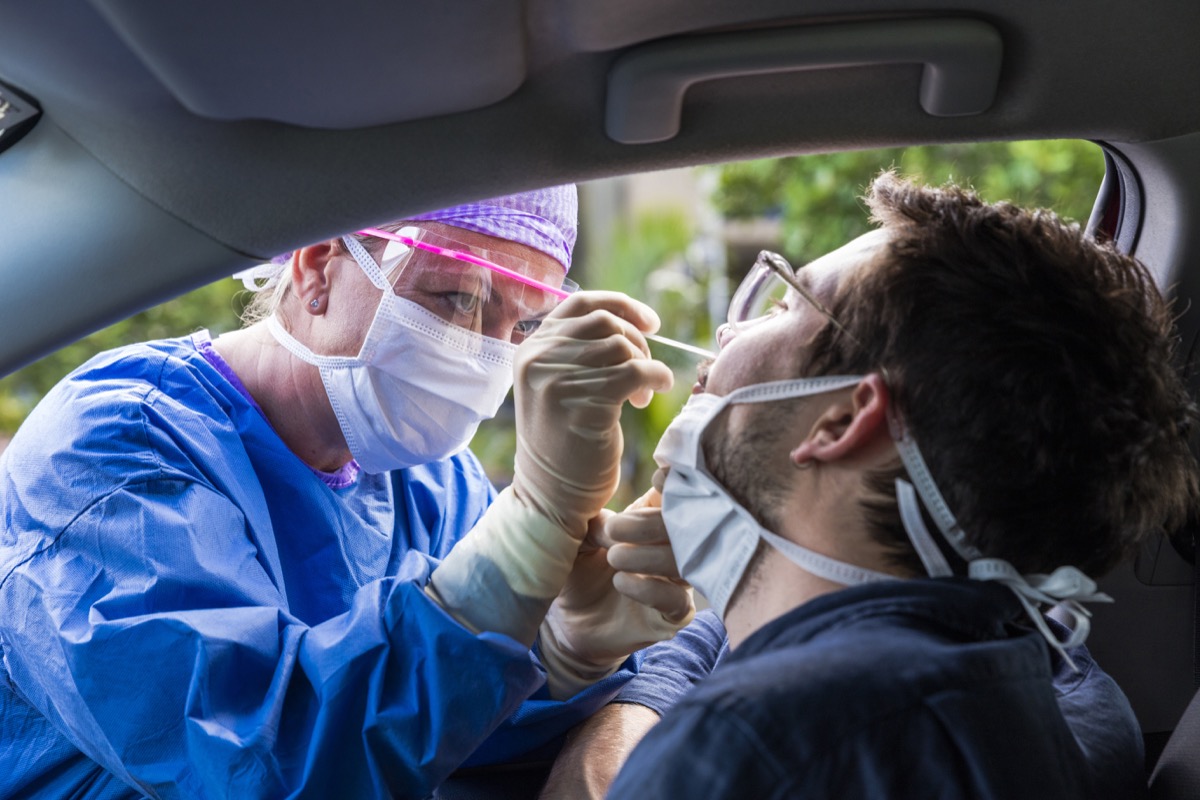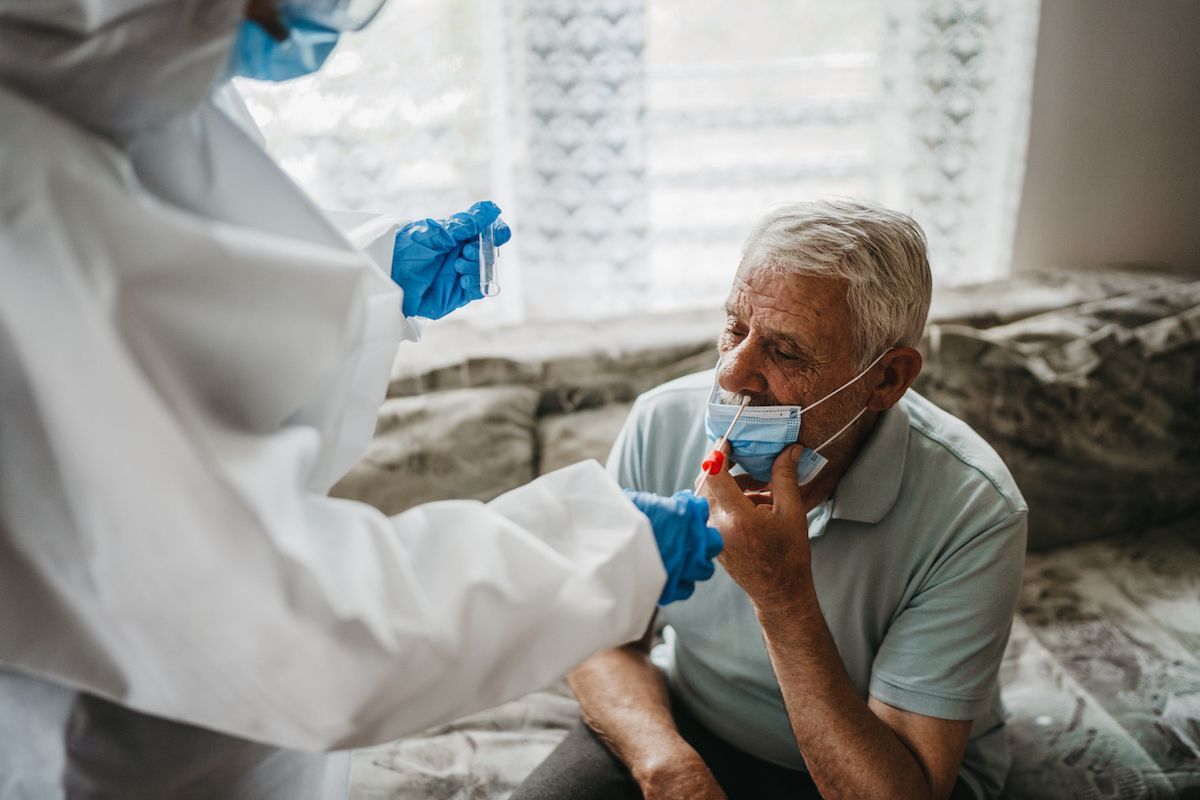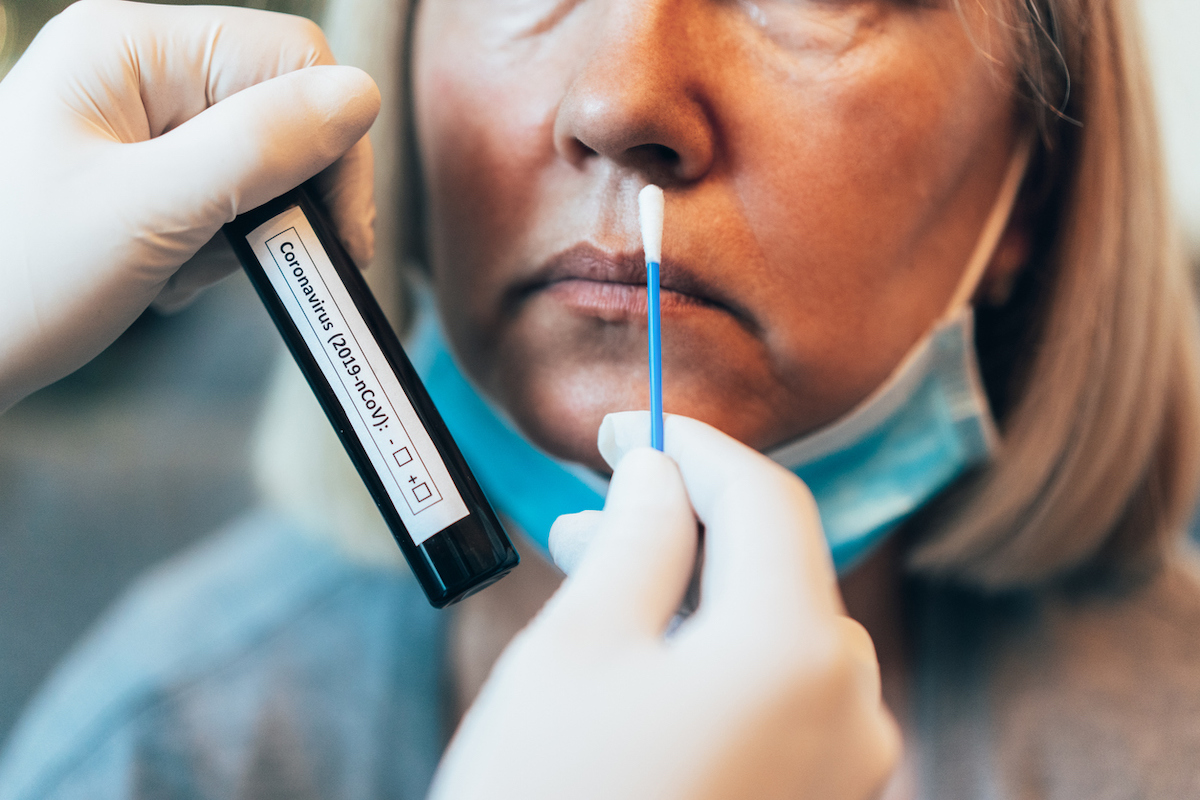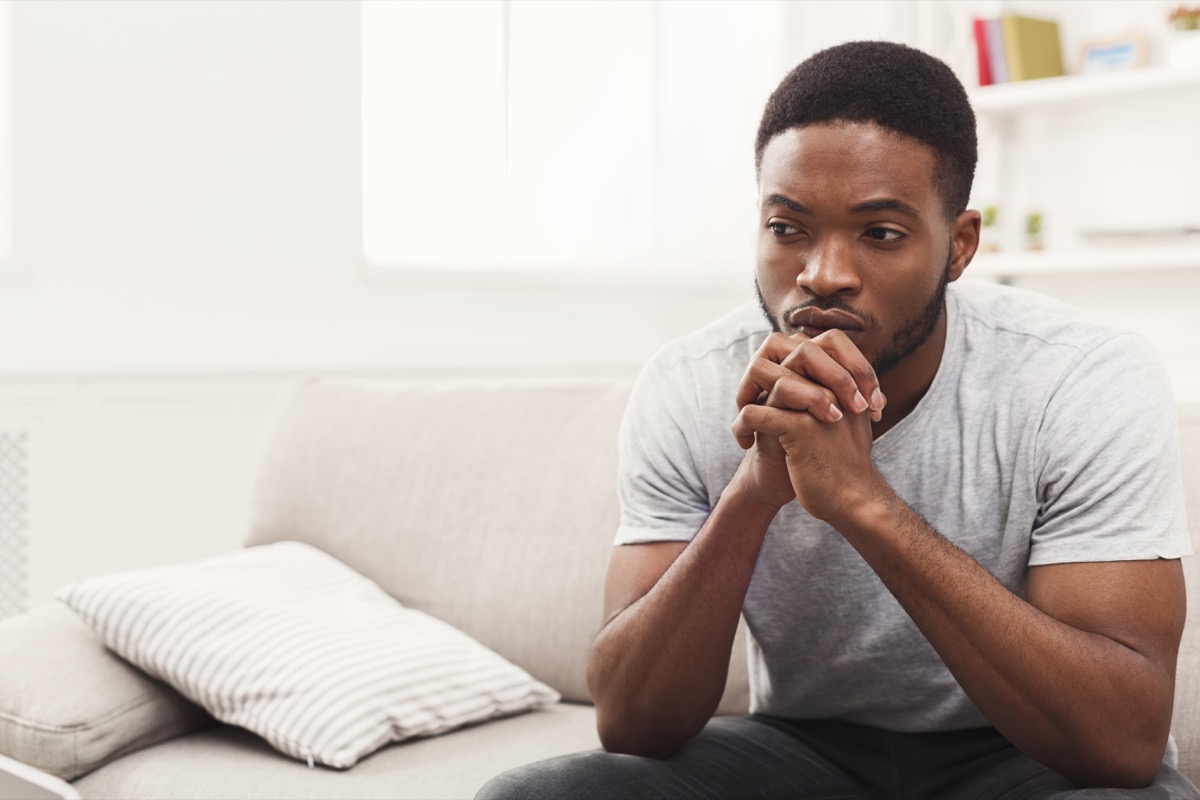If you don’t get tested at the right moment in your illness, your test could completely miss the fact that you’re infected. Read on to find out more, and for another recent COVID update, The Vaccine Will Only Keep You Safe From COVID for This Long, Fauci Says. Read the original article on Best Life. If you get tested on the day you’re infected, your test will almost certainly come back negative. That’s because, according to Harvard Health, “there are not yet enough viral particles in your nose or saliva to detect” the virus. “The chance of getting a false negative test result decreases if you are tested a few days after you were infected, or a few days after you develop symptoms,” the experts at Harvard Health note. An August study published in the Annals of Internal Medicine examined false negative rates in the days following exposure to COVID. The researchers found that on the first day of infection, the false negative rate was 100 percent. On the fourth day, which is generally just before the onset of symptoms, the possibility of getting a false negative was 67 percent. But eight days after exposure, there was only a 20 percent chance of getting a false negative. And for more COVID updates delivered straight to your inbox, sign up for our daily newsletter. Birx made clear that governors should be “making sure that all of those individuals [who are at high risk] are tested.” “If you’re over 65 or you have comorbidities and you gathered at Thanksgiving, if you develop any symptoms, you need to be tested,” Birx said. That’s especially true because, as Birx added, “We know that our therapeutics work best, both our antivirals and our monoclonal antibodies, work best very early in disease.” And for more on proven ways to reduce severe cases, This Vitamin Could Be “Pivotal” Against COVID, New Research Says. A July study from the Office for National Statistics (ONS) in the U.K. proved it’s particularly important to get tested after high-risk behavior. Their research, which focused on a number of COVID-19 infections within private households, hospitals, nursing homes, and other institutions in England, found that 78 percent of people who tested positive for COVID-19 showed no symptoms when they got swabbed. And for more subtle signs of the virus, These 4 Easy-To-Miss Symptoms Could Mean You Have COVID, Experts Say. As Birx noted, the window of five to 10 days after exposure is the best time to get a COVID test with the most accurate results. While you wait to get the results, however, you should quarantine in case you do have COVID. “You need to assume that you’re infected and not go near … others without a mask,” Birx said on Face the Nation. And for more COVID updates, The CDC Is Planning to Drastically Change This COVID Guideline.ae0fcc31ae342fd3a1346ebb1f342fcb



